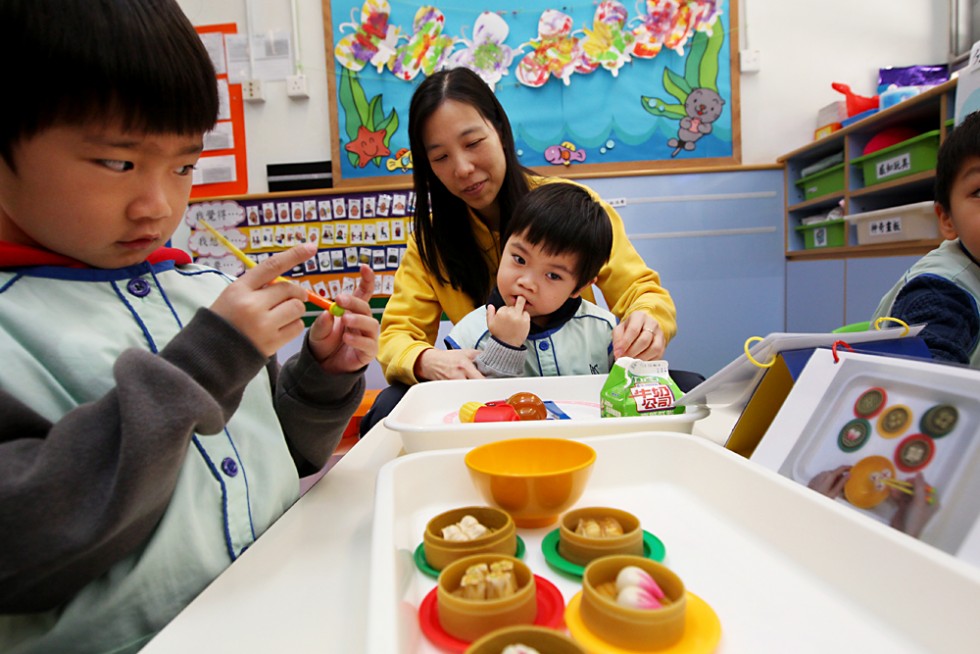Autism Partnership Foundation
Charitable Organization
Charitable Organization
Together We Create a Better World for People with Autism
 The most recent report from the Centres for Disease Control and Prevention shows that one in 68 US children now has an autism spectrum disorder (one in every 42 boys; 1 in 189 girls). This alarming figure has made ASD the fastest growing developmental disability in the world. It has even been called a national emergency by the US surgeon general.
The most recent report from the Centres for Disease Control and Prevention shows that one in 68 US children now has an autism spectrum disorder (one in every 42 boys; 1 in 189 girls). This alarming figure has made ASD the fastest growing developmental disability in the world. It has even been called a national emergency by the US surgeon general.
Currently, there is no known cure as its cause is still unknown. A study last month indicated that autism may begin in the womb as differences in brain structure were seen consistently in 10 out of 11 autistic brains. What has been uncovered so far is what does not cause it. This includes cold and unloving mothers, or vaccinations.
So what are we doing about this crisis in Hong Kong? As far as education is concerned, the philosophy of inclusion has been adopted for more than a decade. This means that if your IQ is within the normal range (that is, above 70), you should be attending a mainstream school. On the surface, this sounds like an excellent plan for children with autism. They can learn alongside their peers and benefit from all the social opportunities. Their peers can be educated in a classroom culture that encourages diversity. However, there is a catch: many other outcomes are occurring on a daily basis.
First, one of the main reasons that children with autism may benefit from a mainstream setting is because of the social opportunities. But a joint review by the Chinese University of Hong Kong's Social Work Department and Heep Hong Society found that these children were among the most likely to be bullied by their peers in Hong Kong schools. Social relationships and social skills do not come easily to most children with autism and it is not just a case of sitting them alongside others. It takes systematic teaching, planning and resources.
Second, children with autism often have difficulty with verbal comprehension and many areas of the academic curriculum. The practicality of individualising worksheets, curriculums and instructions is overwhelming and highly unlikely to happen. Even if these students are given different targets and curriculums, when are they going to be taught them, and by whom?
Another major challenge faced by teachers is the regulation of behaviour. Problems occur for a variety of reasons, including stress and frustration, inattention and lack of understanding, which can be incredibly difficult for teachers to manage. Often, these problems require extensive resources and systematic planning time.
I am certainly not arguing that all children with autism should be segregated. Far from it. The main point is that to have these children successfully integrated takes more than just including them. Some may need an aide to facilitate a well-drawn-up behaviour plan, some may need social-skills coaching and others may need a curriculum broken down so it can be systematically worked through. All these aspects require time, careful planning and resources.
Currently, for each child included in a mainstream school, the school is given HK$10,000-HK$25,000 per year, depending on the support service required.
This is woefully inadequate, and it is not really clear how the money should be spent or what specific process teachers should follow. Mostly, the teachers are left to work it out on their own.
This is a huge disservice to the children who struggle every day to be successful and to the teachers who could be far more effective. Hopefully, one day we will see more resources and good planning for these children that can really help them be part of our society.